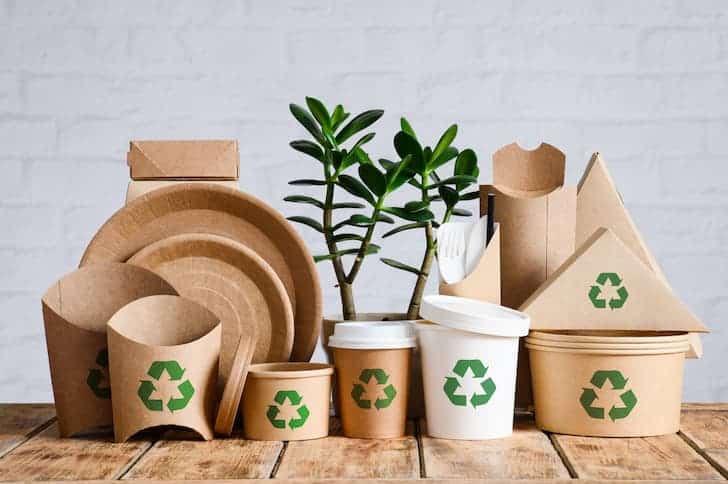Packaging plays a crucial role in our modern consumer-driven society, ensuring the safe transportation and preservation of products. However, not all packaging is created equal when it comes to its impact on the environment. In this blog post, we will delve into the world of packaging and uncover the least environmentally friendly options, shedding light on their detrimental effects and exploring sustainable alternatives.
- Plastic Packaging: A Menace to the Environment
Plastic packaging, particularly single-use plastics, has gained notoriety for its harmful impact on the environment. These petroleum-based materials take centuries to decompose, contributing to the ever-growing problem of plastic pollution. From polluting our oceans and harming marine life to releasing toxic chemicals during production and disposal, plastic packaging poses a significant threat to our ecosystems. - Excessive Packaging: Wasteful and Unnecessary
Excessive packaging, often seen with luxury or high-end products, is not only wasteful but also environmentally damaging. The use of oversized boxes, unnecessary layers of wrapping, and excessive use of materials contribute to resource depletion and increased carbon emissions. Consumers are becoming increasingly aware of this issue, demanding more sustainable packaging solutions that minimize waste without compromising product integrity. - Non-Recyclable Materials: A Dead End for Sustainability
Certain packaging materials, such as mixed plastics or laminated materials, are notoriously difficult to recycle. These non-recyclable materials end up in landfills or incinerators, further exacerbating environmental issues. The lack of proper recycling infrastructure and limited market demand for these materials make them a dead end for sustainability efforts. Finding alternative packaging materials that are easily recyclable or compostable is crucial for reducing waste and promoting a circular economy. - Energy-Intensive Packaging Production: A Hidden Carbon Footprint
The production of packaging materials, especially those derived from virgin resources, often requires significant amounts of energy. This energy-intensive production process contributes to greenhouse gas emissions and climate change. Additionally, the transportation of packaging materials from manufacturing facilities to end-users further adds to the carbon footprint. Opting for packaging materials that are made from renewable resources or utilizing recycled materials can help mitigate these environmental impacts.
Conclusion:
As consumers and businesses alike become more conscious of their environmental footprint, it is essential to recognize the least environmentally friendly packaging options. Plastic packaging, excessive packaging, non-recyclable materials, and energy-intensive production processes all contribute to environmental degradation. By embracing sustainable alternatives, such as biodegradable materials, minimalistic packaging designs, and efficient recycling systems, we can minimize our impact on the environment and work towards a greener future.


